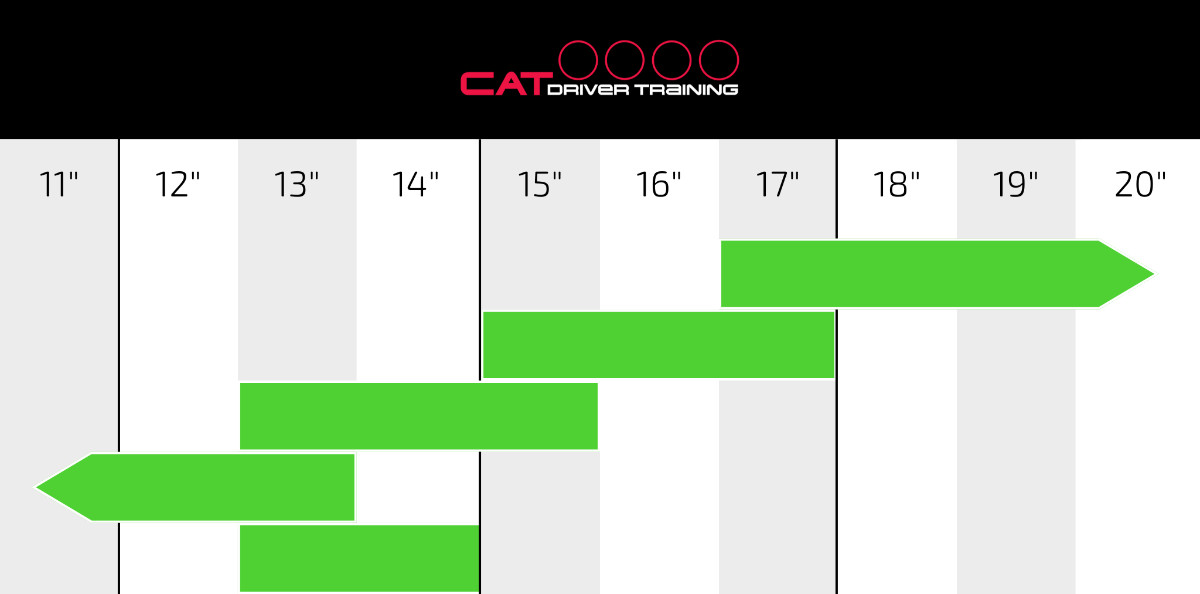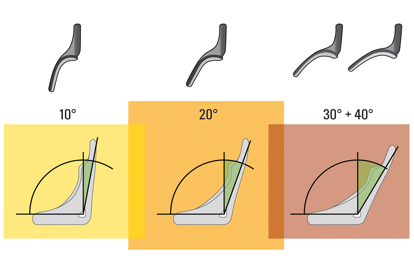

Posted: December 2, 2024
Over the last few months, more and more of our customers have been asking about the use of HANS devices and so we thought we dedicate a blog post to it, so here goes. For those that are not familiar with HANS devices, HANS stands for Head and Neck Support.
If you’re a Formula 1 fan like me, you’ll have seen drivers wearing them for the best part of the last 15 years and as time has gone on, they’ve made their way into competitive motorsport on every level. So where did it all begin, what protection do they provide and should you be making an investment in a HANS device any time soon?
These are all very good questions that we’ll attempt to answer below.
Believe it or not, the HANS device was invented all the way back in the 1980s by a professor called Dr Robert Hubbard after he lost a close friend in a racing incident due to severe head injuries. Specifically, his friend died from a basilar skull fracture. It’s an injury which is often associated with motorsport or high-speed collisions but is rarely seen outside of this.
It occurs during an impact when a seatbelt or harness stops the forward momentum of a person’s body, but the persons head continues to move forward unrestricted. The result is inevitable, and without going into gory details, the person is left with either life-altering (at best) or fatal brain injuries.
You would think then, that any device that could stop this relatively regular occurrence from happening in the world of motorsport would be lapped up in abundance, but racing drivers and sports bodies weren’t at all keen in the beginning. It was seen as uncomfortable and a restriction on movement. Some drivers were even quoted as saying they wouldn’t be seen dead in it.
It was only after a fatal crash in the final lap of the 2001 Daytona 500 by one of the top drivers in NASCAR history, Dale Earnhardt, that people finally began to stand up and take notice. In the four years that followed, the device became compulsory across most of top-tier motorsports including NASCAR, WRC and F1 and it’s rare to see a driver in motorsport at any level without one today.

The answer to that is a little complicated. Firstly, you can only use a HANS device with full harness belts, so if you don’t have those fitted in your car, the question is immaterial.
Secondly, a HANS device is used in conjunction with a crash helmet, so you’re not going to be needing one if the only driving you do is on a public road. However, if you are someone that drives on the track, or drives off-road as a sport, even if it’s not very fast, then I would recommend you invest in one.
Remember, a HANS device, like a seatbelt, is not there to protect you when you’re driving fast, it’s duty is to protect you when you stop fast. Tweet This
An entry entry-level FHR or HANS device will set you back around £250, with top end devices retailing for around £1,500 - the difference primarily being around its weight and comfort. However, there are other factors to consider too.
Firstly you’ll need to find a size that’s right for you. The sizes are typically related to the circumference of your neck, this sizing chart can help you determine which fit you need.
This refers to how far your seat is reclined in the typical car you race in. Image courtesy of https://www.merlinmotorsport.co.uk
Image courtesy of https://www.merlinmotorsport.co.uk
So for example, if you’re a rally driver (or co-driver), it’s likely you’ll be sitting almost bolt upright and the degree of decline will be small, say 10 degrees.
However, if you have a track day car or compete in classic, saloon or sportscar events on the track, you’ll be sitting back a little bit more and require a device with a 20 degree recline.
Move on to single seater racing and you’ll be a looking at a 30 or even 40 degree recline HANS Device.
Of course, if this all sounds a bit complicated, you can always invest in an adjustable HANS device which will be good for almost every kind of driving you undertake.
This is a common question that often pops up, being that a HANS device is attached to the helmet when in use. Well, the short answer is yes you do.
There are two options to look out for. Some helmets come with HANS clips (anchors) pre-installed and they’re easy to spot. Others won’t have the HANS clips installed, but will have pre-drilled holes for you to install the HANS anchors into.
The holes will look similar to a typical headphone socket on your car radio. They’ll be one each side, situated slightly further back and below the visor. To install HANS anchors to one of these helmets, simply remove the protective plugs from the pre-drilled holes and screw your HANS anchors in place. It’s a five-minute job with the right tools.
If you have an older helmet without either of the options above you might be tempted to drill your own holes into your helmet and manually fit HANS anchors - but it’s not recommended.
If your HANS anchors are not perfectly aligned on either side and you have a crash, the stopping force will be disseminated unequally and you still risk serious neck or head injury. With new, HANS-ready helmets available from as little as £99, you don’t need to invest big to give yourself the safety and peace of mind to have a great day on the track.
So hopefully you’ve now got your head around what a HANS Device is and whether you need one for the type of driving you do.
Ken Schrader image credit: Bo Nash / Creative Commons License
Call: 01234 757 633
Email: info@catdrivertraining.co.uk
CAT Driver Training is the fast way to develop & improve authentic dynamic driving skill, technique & knowledge from the Best. OEM recognised driver training for individuals & the motor industry. As the leading UK based independent advanced performance driving skills company, we exist to make your driving experience even better. Explore your cars potential, fulfill your own. Coaching advanced road & track skills, safety driver training courses for individual driving enthusiasts & advanced driving for all facets of the motor industry. The only training company resident within UTAC's Millbrook Proving Ground in Bedfordshire, within easy reach of London, & all surrounding counties: Hertfordshire; Buckinghamshire; Oxfordshire; Nottinghamshire; Cambridgeshire; Norfolk; Suffolk; Essex; & Surrey. Clients travel from the World over & the UK to learn from the authentic evidence based dynamic driving & vehicle dynamic experts. | All Rights Reserved | Copyright 2005 – 2025
Some of the links we use are affiliate links. This means that, at no cost to you, CAT will earn an affiliate commission if you click through the link and finalise a purchase.
Designed by WHP
Coded and built by Prominent Media